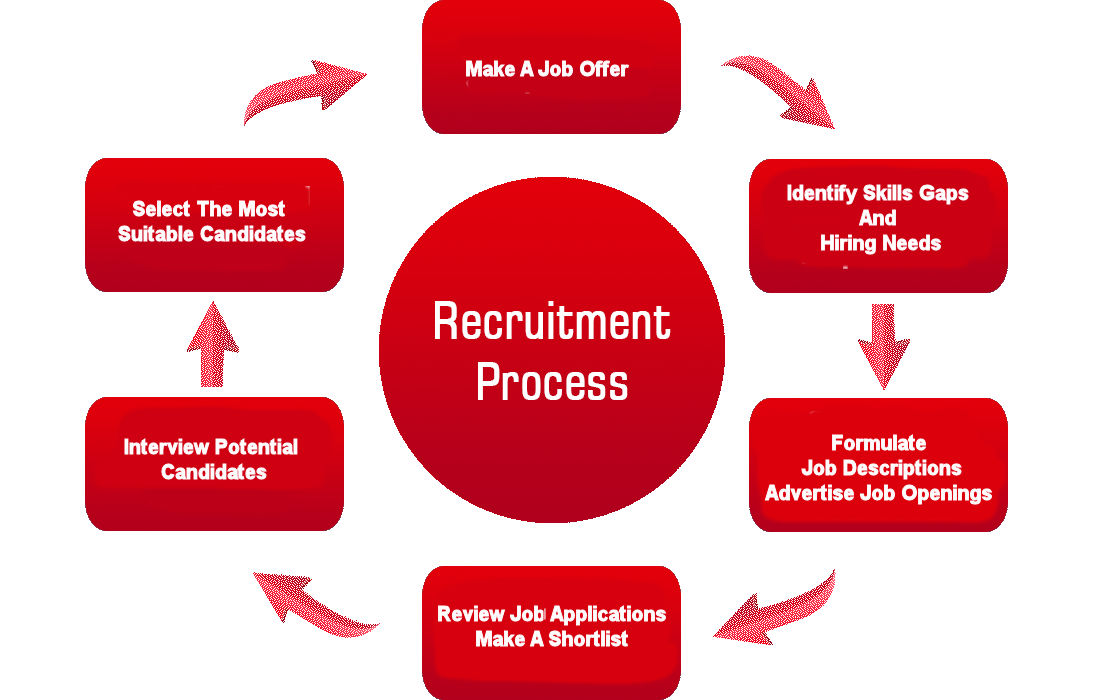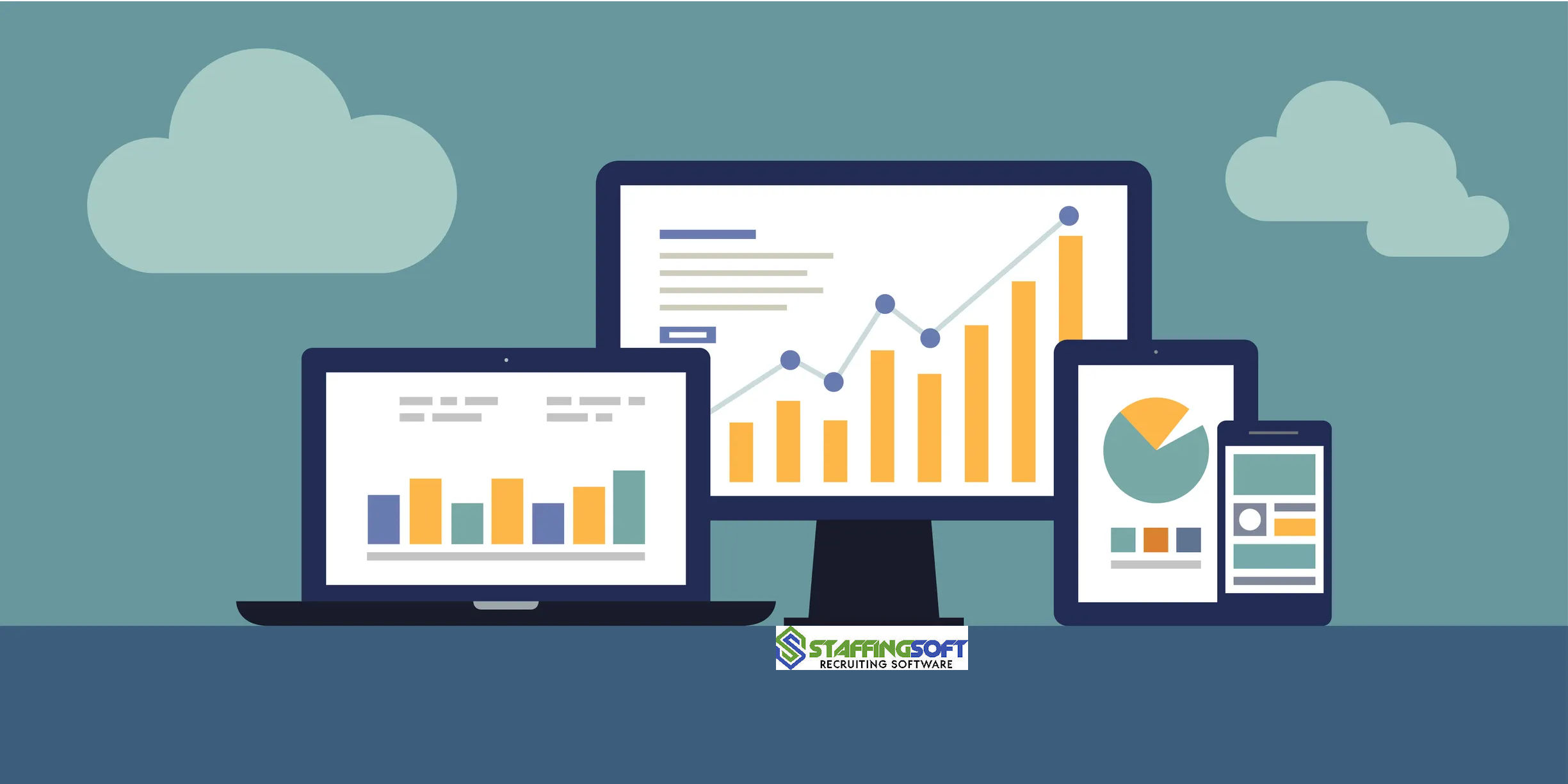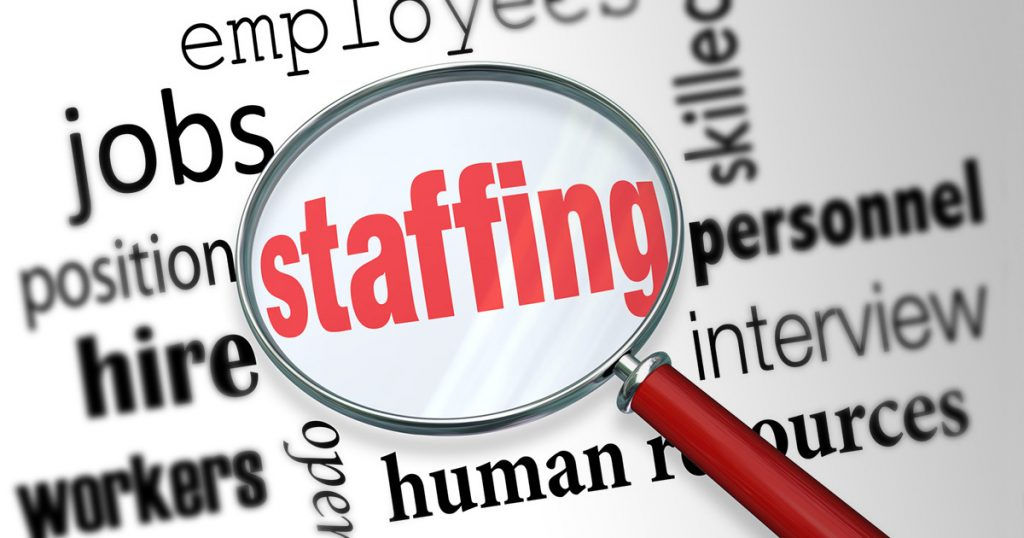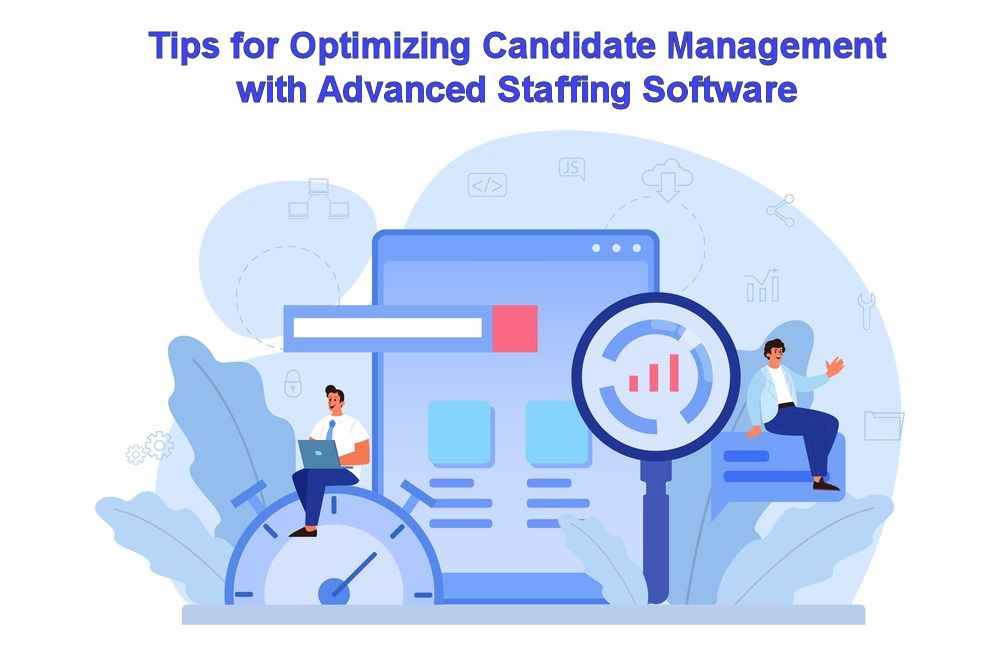In today’s competitive job market, effective candidate management is crucial for staffing agencies and HR professionals. With the advent of staffing software, managing candidates has become easier and more streamlined than ever before. Staffing software offers a range of features, from applicant tracking systems (ATS) to candidate relationship management (CRM) tools, all designed to enhance the candidate management process.
To help you make the most out of your staffing software and optimize your candidate management, we have compiled a list of valuable tips. Whether you are a staffing agency looking to improve your efficiency or an HR professional aiming to streamline your recruitment efforts, these tips will surely benefit you.
- Define your candidate management workflow
Before diving into using staffing software, take the time to define your candidate management workflow. Map out the entire process, from the initial candidate sourcing to onboarding. By clearly defining the steps involved, you can set up your staffing software accordingly and ensure a smooth candidate management process.

Recruitment Process Flowchart
- Utilize an Applicant Tracking System (ATS)
An ATS is a key component of staffing software that helps streamline the hiring process. It allows you to manage job postings, receive applications, and track candidates’ progress throughout each stage. Make the most out of your ATS by customizing it to match your specific needs. Set up automated email responses and notifications to keep candidates informed and engaged.
- Leverage candidate engagement tools
Staffing software often comes equipped with built-in candidate engagement tools such as automated interview scheduling, email templates, and personalized messaging. Utilize these tools to keep candidates engaged and informed at every step of the hiring process. Regular communication helps build a positive candidate experience, improves your employer brand, and increases the chances of securing top talent.
- Implement candidate screening and assessment tools
Staffing software provides various tools for faster and more efficient candidate screening and assessment. Take advantage of features such as resume parsing, skills testing, and video interviewing. These tools not only save time but also enable more objective evaluations, ensuring you choose candidates who best fit the required qualifications.
- Centralize candidate data.
Maintaining candidate data can be overwhelming, especially when dealing with a large volume of resumes and applications. Staffing software allows you to centralize all candidate information in one location, making it easier to search, access, and update. A holistic view of candidate data enables you to make more informed decisions, identify trends, and cultivate talent pools for future openings.
- Integrate your staffing software with other HR systems.
To further optimize your candidate management, consider integrating your staffing software with other HR systems, such as your HRIS (Human Resource Information System) and payroll software. Integration allows for seamless data transfer and prevents data duplication. It ensures that candidate information is up to date across all systems and simplifies the overall HR workflow.
- Personalize your candidate communications.
Staffing software enables you to personalize your candidate communications, enhancing your employer brand and nurturing candidate relationships. Use merge fields to populate emails with specific candidate details, address candidates by their names, and tailor messages based on their progress in the hiring process. Personalization shows a genuine interest in candidates, improving their experience and loyalty towards your organization.

- Leverage analytics for data-driven insights
Most staffing software provides analytics and reporting features that give you valuable insights into your recruitment data. Utilize these tools to track key metrics such as time-to-fill, source effectiveness, and pipeline analysis. By analyzing these metrics, you can identify areas of improvement, optimize your recruitment strategies, and make data-driven decisions to boost overall hiring success.
- Continuously enhance user adoption through training
Staffing software typically comes with a learning curve, especially for new users. To ensure successful implementation and utilization, invest in proper training programs. Train your team on the software’s functionalities, best practices, and new updates. Encourage ongoing learning and provide support to facilitate user adoption. The more comfortable and proficient your team is with the software, the more effective your candidate management will be.

Navigating the Recruitment Process
- Regularly evaluate and update your candidate management processes
Candidate management is not a one-time task; it requires ongoing evaluation and improvement. Regularly review your candidate management strategy, assess the effectiveness of your staffing software, and solicit feedback from your team and candidates. Identify pain points and inefficiencies and make necessary adjustments to optimize your candidate management process continually.
By following these tips and leveraging the capabilities of staffing software, you can enhance your candidate management, streamline your recruitment efforts, and ultimately secure top talent. Embrace technology, prioritize candidate experience, and continuously evolve your processes to stay ahead in the competitive world of talent acquisition.


